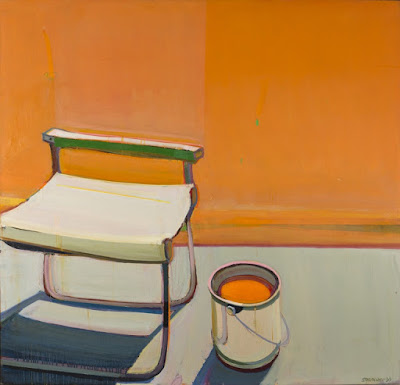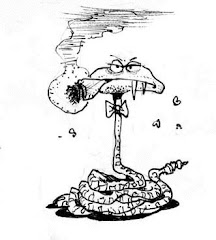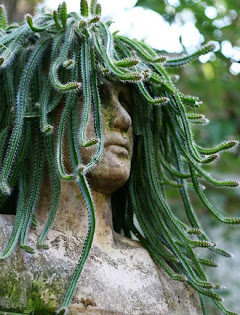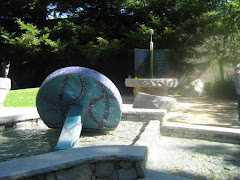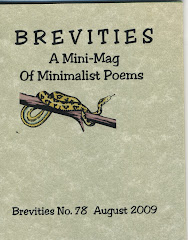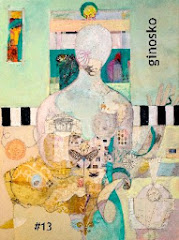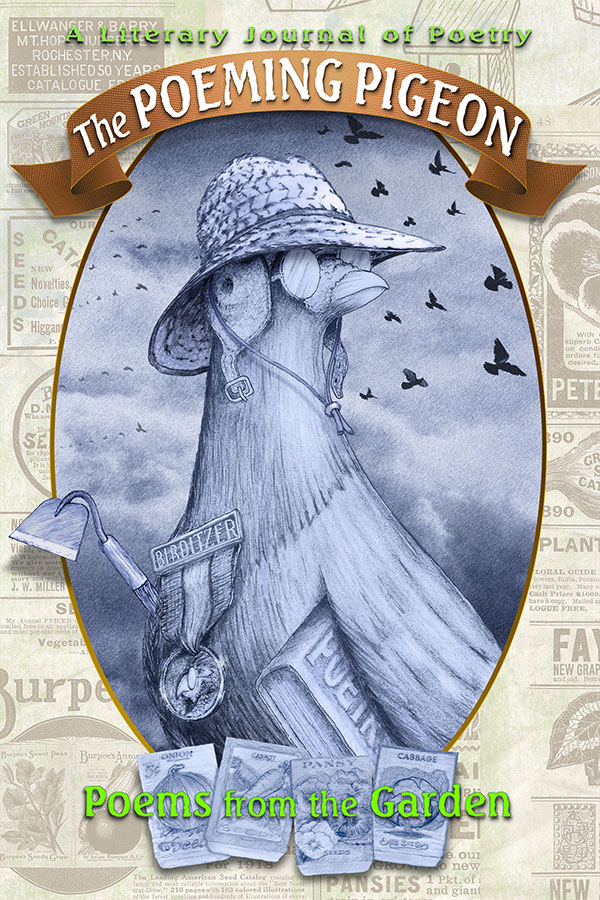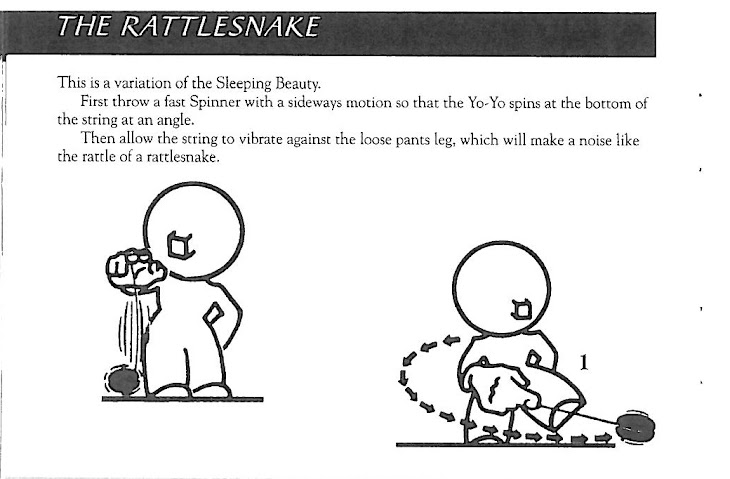—Poems by Tom Goff, Carmichael, CA
THE INVISIBLE CITY OF COOLANOOLE
Dermot O’Byrne, 1918
Not Dermot O’Byrne, but Ireland herself
impels the telling here: the chase for dreams
becomes a mad quest, blood-rhythmical with screams
while hoofbeats clatter, thunder as the shelf
of turf slants upland toward the vision gates
whose demon defenders must be trampled down,
the bastion dared against its gargoyle frown
as men deluded ride to stampede the fates.
Behold King Cormac, leading the men to deaths
that seal his daughter’s and his own dark end.
They seem to splash, dissolve on rampart stone
they dearly wished to penetrate. And what blend,
this tale, with music pressed as long as breaths
dilate the lung, and song can keen or groan?
Arnold Bax, 1948
What seasoned composer seeks his Coolanoole
receding swifter than his charge for its truth,
pursuing the sunset past horizons youth
alone can catch by the lip and stop the rule
of ghoulish Time? The melody won’t come
the way it used to come: his daughters Tune
and Tempo dimming memories. Sweet June
wheels months behind his traces. Bring on the numb:
moon’s bleak-side cold, stiff fingers, months of dark.
Momentum alone has kept him in the light;
now lightness must be strained, the phosphor slight
that lit his Éireann visions. Northern, stark,
a Coolanoole of ice to dash upon.
How long will poetry glow, the song near gone?
Lost trying to breach this Coolanoole invisible.
Who dares declare the musician-warrior risible?
WRECKING DVOŘÁK’S HOME
The [ahistorical] mentality, an American affliction, condoned the 1991 destruction of Dvořák’s Manhattan home (the New York Times, in a supportive editorial, argued “Dvořák Doesn’t Live Here Anymore”).
—Joseph Horowitz
The home of the composer of “Goin’ Home” has gone
where all homes go, or maybe where all domes go,
“shutting themselves from Heaven,” it seems,
with replica-dome visions “more vast.” Was it the effect
of Moses—not the one doomed to see but never set foot on
homestead soil, under the many-colored starfield—
rather, the innuendos of that other Moses, Robert,
whose spiritual heirs took wrecking ball to
the brownstone that once sheltered Antonin?
Oh, what a New World skyfall was there—or skyrise?
This Czech composer transcending, untainted, our racist erasure
of Native Americans local to this Manahatta:
Is it Dvořák’s turn, or Dvořák’s house’s turn, for levitation?
Imagine the strains of “Indian,” “African-American” tunes he left unfinished,
still folding essence of Brahms and Smetana, with dollops
of his own Americana-inflected humanity, into the song…
Can we envision that edifice, 17th Street East, Number 327,
homespun-comfortable (piano in parlor), rocketing upward,
outtopping the steepest of skyscraper summits,
brushing the powder-blue ionosphere?
Then lifting like a Harmonielehre supertanker into the Infinite?
I doubt it. What imagination now can possibly conjure
—which means create plus reminisce—the whole vast float
of our mortared rubble, ascending into: Not Christian
heaven, not aboriginal Afterlife, no
Platonic Ideal realm, nothing Attic, not so much as
a Symphonic or Philharmonic skybox?
Nothing but Storage Unit for all our cherished obsoletes,
goin’ where else but House and Home?
HAMLET’S LAW
for Tom Regnier, on his “Hamlet and the Law of Homicide”
Measure for Measure a problem play? Why, all
of Shakespeare-Oxford’s* plays are problem plays.
King Lear, with myriad viewpoints, can appall
insolubly. But Hamlet…Denmark’s maze
and mousetrap. Murderous or untainted prince?
Did fore-thought stab Polonius through the arras?
How many poisons can one play evince?
Toxic suppository? Enter from terrace,
drip liquid into the orchard-sleeping ear.
Envenomed sword; foul goblet swig, jug jug.
Can rage mitigate the guilt in homicide?
What royal mind wouldn’t ignite to see his most near
fall prey to the great King goblin, loathsome bug?
Then not wreak stabbing, prayer-stoppering regicide?
What prince and king, so hedged about with law,
can so deliver us intricacy with awe…?
*Edward de Vere, 17th Earl of Oxford, the playwright
and poet who used the pen name “William Shake-Speare.”
STAPRANS AT THE CROCKER
Raimonds Staprans, Latvian-born artist and playwright
Touches of Thiebaud, possibly; the layered colors,
thick, for the jeweled oils to stripe each canvas,
reflect the gallery lights. Coats found ghosting
opaquely up through coats: the Modern palimpsest,
voiceprint not of word-specters, but buried,
scraped-over, painted-over designs. Occult revelations,
each outline of the geometry a mutable color wheel,
the brush rotating its peacock hues
as it tracks downward or upward.
Color Fields plummet or loom, anything rather
than flatten. The represented air touches the viewer
with unseen pressing fingertips. Dark rhomboids
of every blue, aquamarine, cobalt, blue topaz, turquoise:
reds to outdo all fire engines, plunged oddly
against army fatigue green, or banana-slice paleness
suspended in clotted cream. Cezanne-solid fruits
or paint cans, stuck randomly on or against stage flats.
Empty-pregnant atmospheres. De Chirico
lights and shadows bleed into California wharves,
marinas with boats, townscapes, all humanless vacancies.
And then you see it. Every new painting brandishes
a horizon line. Adjustable horizontal, canvas to canvas,
high as a lofted banner, low as a subsiding belt buckle.
Now it’s a land’s-end divisadero between sky and ocean.
Now it’s a baseboard running between
painted wall and uncarpeted floor, each essence unstable.
Watch that floor turn liquid, as its medium was, once.
Floor turns flood; that line denotes inundation, cresting
up to our straining chins as we kick.
Note where that demarcation stripe gives birth to a rising sun.
Sun blisters tentatively up,
or sinks slightly belowline, a dejected fang.
Best of all: you can’t tell any finite time
by that horizon swipe. That sun is forever dawning
and downing. Either it’s bubbling or beading up
from the hot batter, or winking out, or both…
The reluctant-insurgent eye bears witness to what?
What do these savagely suave canvases impart?
An unwavering sense—like an armorial shield—
of citizenry everywhere in this world?
Or the anomie of unsettled residence, a transient life
spent somewhere below border, doubtfully aboveground?
CONFLUENCE
We drive through late Friday traffic
for the summer hills, and where two rivers meet.
The slow lane seems our speed.
Unprovoked, a careening, speeding SUV
shoves over into our lane, threatening to crash
us into metal splinters, gasoline fire, cindery ash.
With Jedi reflexes, you sound your horn, sustaining
long your warning trumpet with heel of hand:
still he comes on, the madman,
the SUV, nearly ramming us,
shoves us off road onto shoulder,
your horn fermata still blaring defiance. Lucky thing,
no stalled car there, no debris, no boulder.
Later, sitting in a pebbly shade, the mingling
and greeting of rivers richly running,
air swarming with dragonfly and swallow,
we can reflect: lucky, not
to have been dashed and crumpled
as is that whitewater on rock struck whitefire.
Lucky us, not ground into crossroads,
with preordained near-Oedipal consequence.
Lucky, not to have been
the flammable confluence
of car and car.
TO DUST WITH YOU
The ancient Requiem says dust
is what we are, so what surprise
we crumble into dust, turn must
and rot to ruin our timbered rise,
our mansion underlived in life,
rot to unjoint, unseal the box
where mulch and maggot blade the knife?
What juices our grease to slip the rocks?
But why brood on morbidity?
The dust I speak of moistens tongue,
arid as it and I may be,
aching to reach your ears, my young
and dustless lovely. Swift
as dust blown through the door I sweep
into a pan, you swirl and lift.
Your dust converges from soft seep
and sift into lights and sounds. Dust motes
moisten into a girl of skin
and sway and pulse. All life that floats
determines me to touch and sin.
I press where you are sensitive
of breast and warm soft under-rose,
the bud your murmur says to give
my fingertip to. Light as dust
we cross the space from fear to trust.
Let mix the tingling dust we own.
Let stir of skin be felt in bone,
though marrow shrivels on alone.
May dust of you and dust of me
spiral toward high mystery.
___________________________
Our thanks to Tom Goff for today’s fine fare, and a reminder that Tom will be reading in Placerville at 1pm this coming Sunday with Jeanine Stevens at Love Birds Coffee and Tea on Broadway.
For more info about today’s artist, see en.wikipedia.org/wiki/Raimonds_Staprans/. Staprans’ work will be on display at the Crocker Art Museum in Sacramento through Oct. 8 (see www.artfixdaily.com/artwire/release/3045-crocker-art-museum-to-show-works-by-renowned-san-francisco-painte/).
And tonight at 5pm, Poetry Off-the-Shelves meets at 5pm at the El Dorado County Library in Placerville. Scroll down to the blue column (under the green column at the right) for info about this and other upcoming poetry events in our area—and note that more may be added at the last minute.
—Medusa
Carl Schwartz was inspired by last Monday’s photo of
150 Invisible People to send his own photo of invisible people.
Thanks, Caschwa!
Photos in this column can be enlarged by clicking on them once,
then click on the X in the top right corner to come back
to Medusa.

